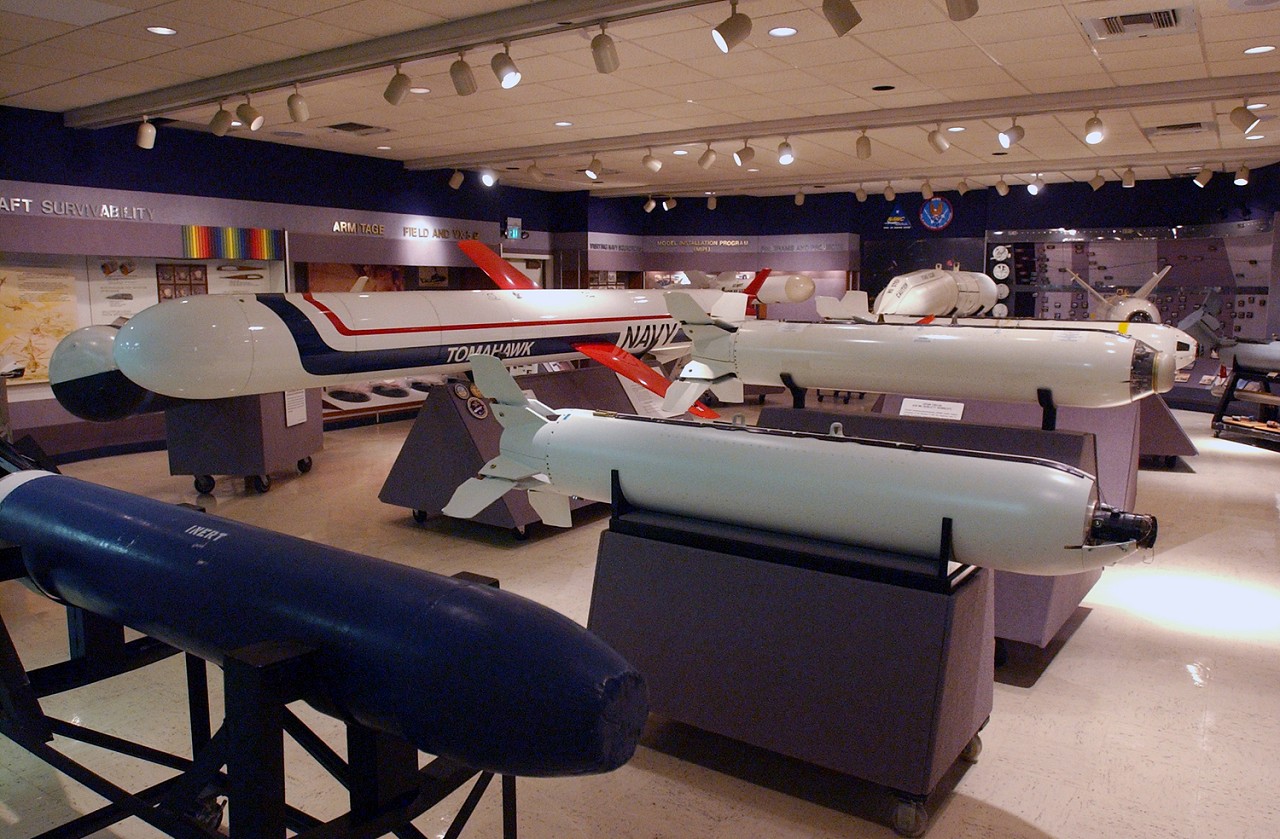


We preserve the history of the Navy's premier full-spectrum weapons research, development, and test facility located in the Upper Mojave Desert on board the Naval Air Weapons Station, China Lake, California.
The Naval Museum of Armament & Technology preserves and interprets the history of Naval Air Weapons Station China Lake and its heritage of advancing Naval aviation armament and technology. This museum is the repository of artifacts, photographs and film, documents and related heritage memorabilia from China Lake.
HOURS
10 AM – 4 PM
Tuesday thru Saturday
Closed Sunday and Monday
Closed Some Select Holidays
Located next door to the Maturango Museum, the China Lake Museum offers accessible parking in front, with barrier-free access to the entrance. Inside there’s plenty of room to navigate a wheelchair or scooter around the exhibits, and through the military-themed gift shop. Accessible family restroom are located near the gift shop.
The exhibits chronicle the history of the NAWS, from the stark living conditions at its inception, through the testing and development of air weapons from World War II to the present day. Opened in 1943 as a sister base to Los Alamos, the largely civilian NAWS provided essential research, development and testing of the Fat Man atomic bomb, as well as a substantial number of military missiles. Armaments developed and tested at the China Lake NAWS include the Sidewinder, Polaris and Shrike missiles. The China Lake Museum also offers some interesting footage of the test detonations, as well as videos of the NAWS in the early days.
Outside there’s a level sidewalk around the military aircraft on display, including a F-18A Hornet. The museum was relocated from the base in 2018, and expansion plans include the addition of another wing and a hangar. Future additions are expected to be extremely accessible, as it’s a favorite stop for veterans, and the volunteers and staff are extremely conscious of access needs. The China Lake Museum is a must-see for anyone interested in military history, especially the Manhattan Project, so save some time for it on your next Death Valley road trip.

